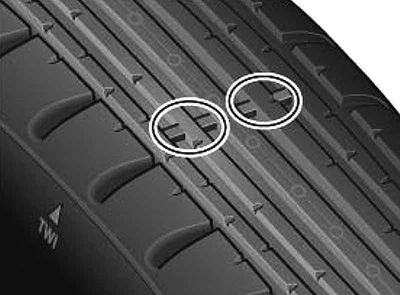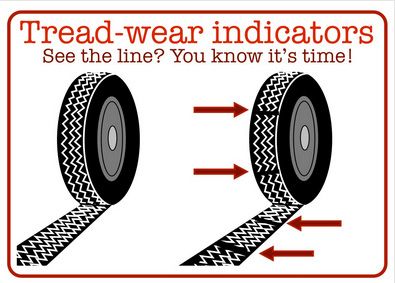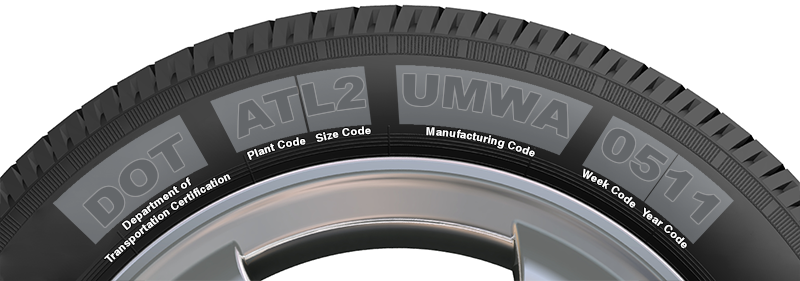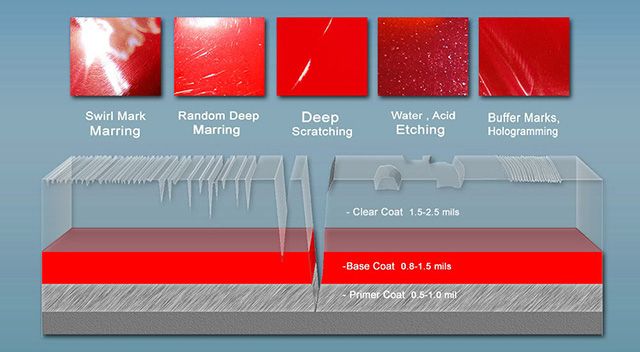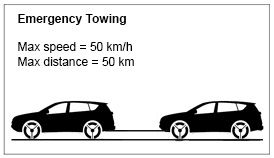 How to improve car fuel economy?
Drive sensibly
How to improve car fuel economy?
Drive sensibly
Aggressive driving (speeding, rapid acceleration and braking) wastes gas. It can lower your gas mileage by 33% at highway speeds and by 5% around town. Sensible driving is also safer for you and others, so you may save more than gas money.
Read the road as far ahead as possible and anticipate the flow of traffic. Act instead of react – increase your scope of action with an appropriate distance to use momentum. An increased safety distance equivalent of about 3 seconds to the car in front optimizes the options to balance speed fluctuations in traffic flow – enabling steady driving with constant speed.
Maintain a steady speed at low RPM
Drive smoothly at low RPM using the highest possible gear. Remember driving at high speeds or with high RPM significantly increases fuel consumption. The optimum speed varies with the type of vehicle. It is usually reported to be between 55 to 80 km/h. Keep tachometer below 2000 RPM.
Even getting a little bit faster means higher RPM plus aerodynamic drag, even within speed limits (e.g. 110 to 120 km/h), and more fuel has to be burned and money wasted.
Shift up early (M/T)
Shift to higher gear at approximately 2000 RPM. Driving with high or even medium engine RPM always consumes more fuel then driving at low RPM at whatever speed. Therefore, early shifting is highly recommended. However, vehicle specifics and also given traffic situation has to be taken in account.
For A/T, keep a light foot on the accelerator pedal so that the car can shift up as early as possible.
Observe the speed limit
While each vehicle reaches its optimal fuel economy at a different speed (or range of speeds), gas mileage usually decreases rapidly at speeds above 80 km/h.
Observing the speed limit is also safer.
Avoid hauling cargo on your roof
Hauling cargo on your roof increases aerodynamic drag (wind resistance) and lowers fuel economy.
A large, blunt roof-top cargo box, for example, can reduce fuel economy by around 2% to 8% in city driving and 6% to 17% on the highway.
Rear-mount cargo boxes or trays reduce fuel economy by much less—only 1% or 2% in city driving and 1% to 5% on the highway.
If you need to use an external cargo container, removing it when it\'s not in use will save fuel and money.
Remove excess weight
Avoid keeping unnecessary items in your vehicle, especially heavy ones. An extra 100 pounds in your vehicle could reduce your MPG by up to 2%. The reduction is based on the percentage of extra weight relative to the vehicle\'s weight and affects smaller vehicles more than larger ones.
Avoid excessive idling
Idling can use a quarter to a half gallon of fuel per hour, depending on engine size and air conditioner (AC) use. Turn off your engine when your vehicle is parked. It only takes a few seconds worth of fuel to restart your vehicle. Turning your engine on and off excessively, however, may increase starter wear.
Switch-off the engine at longer stops (or use the automatic \"start/stop\") - when expected to stop longer than 20 seconds (ignition on).
Use Cruise control
Using cruise control on the highway helps you maintain a constant speed and, in most cases, will save gas.
Use Overdrive gears (A/T)
When you use overdrive gearing, your car\'s engine speed goes down. This saves gas and reduces engine wear.
Consider any extra energy required costs fuel and money
Use air conditioning and electrical equipment wisely and switch it off if not needed. Electrical energy is converted from extra fuel burned in a combustion engine, so electrical equipment doesn\'t work \"for free\" – it always costs extra energy and money.
Close windows when driving at higher speeds, as open windows increase dynamic drag and consume extra fuel.
Keep your engine properly tuned
Fixing a car that is noticeably out of tune or has failed an emissions test can improve its gas mileage by an average of 4%, though results vary based on the kind of repair and how well it is done.
Fixing a serious maintenance problem, such as a faulty oxygen sensor, can improve your mileage by as much as 40%.
Keep tires properly inflated
Check tire pressures frequently at least once a month and before driving at high speed. You can improve your gas mileage by up to 3.3% by keeping your tires inflated to the proper pressure. Under-inflated tires can lower gas mileage by 0.3% for every 1 psi drop in pressure of all four tires. Properly inflated tires are safer and last longer.
The proper tire pressure for your vehicle is usually found on a sticker in the driver\'s side door jamb or the glove box and in your owner\'s manual. Do not use the maximum pressure printed on the tire\'s sidewall.
Use the recommended grade of motor oil
You can improve your gas mileage by 1%–2% by using the manufacturer\'s recommended grade of motor oil. For example, using 10W-30 motor oil in an engine designed to use 5W-30 can lower your gas mileage by 1%–2%. Using 5W-30 in an engine designed for 5W-20 can lower your gas mileage by 1%–1.5%. Also, look for motor oil that says \"Energy Conserving\" on the API performance symbol to be sure it contains friction-reducing additives.
Replace clogged air filter
Replacing a clogged air filter on vehicles with fuel-injected, computer-controlled gasoline engines—such as those manufactured from the early 1980s to the present—or diesel engines does not improve fuel economy, but it can improve acceleration.
Replacing a clogged air filter on an older vehicle with a carbureted engine can improve both fuel economy and acceleration by a few percent under normal replacement conditions.
Avoid short car trips!
Cold engines need much more fuel per km than warmed-up engines and cause equivalently more CO2. On short trips the engine does not reach its optimum operating temperature, increasing wear and reducing durability.
Drive-off immediately after starting the engine; do not warm up the engine by idling.
Consider alternative means of transport
Around 25% of all car trips are less than 2 kilometers and 50 percent of car trips are less than 5 kilometers in length. Choosing to cycle or walk does not only have positive effects on the environment but also on your health and budget. The use of public transport also helps you save money and avoid stress and exhaust gases. Consider setting up a car pool with friends/colleagues or try car sharing in order to save fuel and costs.
-- edited by dm1179 on Aug 01 2014, 09:12 PM


